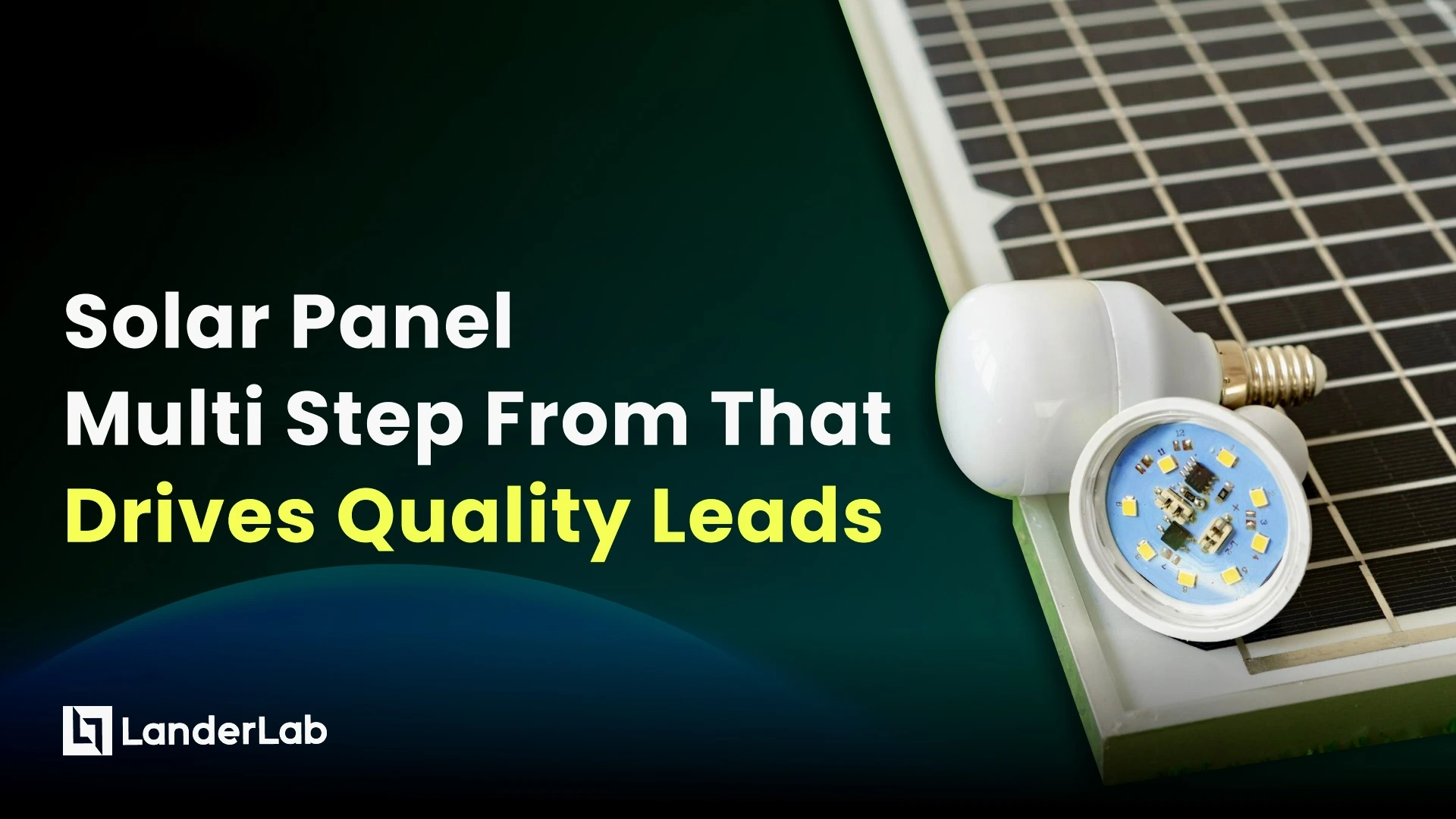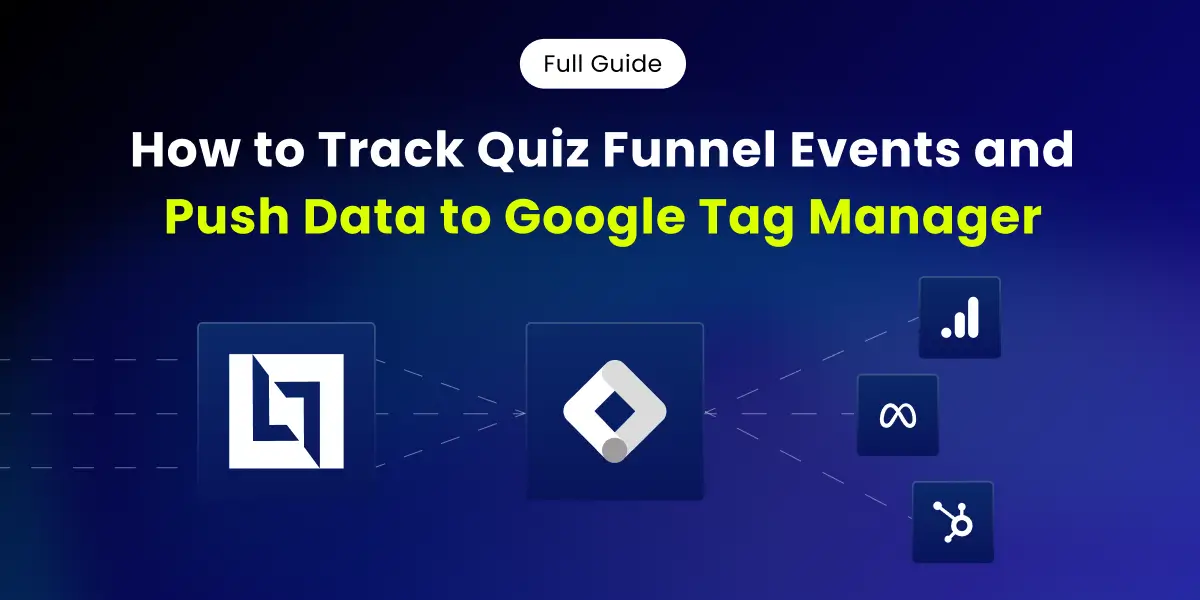Digital marketing has changed. It’s no longer just SEO or social media.
In 2025, you need a full-stack strategy.
One that uses multiple digital channels to reach your target audience, wherever they are.
This guide breaks down the 10 types of digital marketing you need to know. Just clear explanations and real examples.
We’ll show you how brands are using tools like Google Ads, social media platforms, email marketing, and even podcasts to get more traffic, more leads, and more conversions.
Let’s dive in.
1. Search Engine Optimization (SEO)
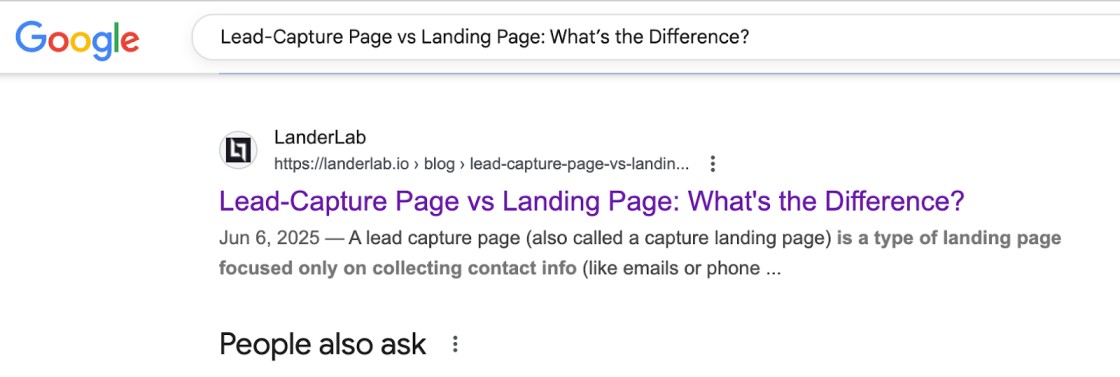
SEO is how your website shows up in Google (without paying for ads).
It’s more than just adding keywords. Now, SEO means optimizing your content, your site structure, and the user experience based on how people search and how AI summarizes answers.
Google’s new AI Overviews and large language models (LLMs) are changing what shows up on the results page.
If your content isn’t useful, fast-loading, and well-structured, it might never get seen, no matter how many keywords you use.
Smart digital marketers now focus on:
- Writing high-quality content that answers real questions
- Structuring pages clearly (headlines, bullets, visuals)
- Matching search intent, not just ranking for broad terms
- Earning links and building topical authority
For example, a SaaS company might publish a post like “Free landing page builder: How to launch your first page in 10 minutes.”
Here’s another example of LanderLab:
With the right SEO strategy, it starts showing up in search engine results, gets featured in AI Overviews, and brings in thousands of visitors each month, without spending on paid ads.
Pros
-
- Brings in free, consistent traffic over time
- Builds trust and authority in your niche
- Supports long-term growth and visibility
Cons
- Takes time to see results
- Constantly changing algorithms (especially with AI Overviews)
2. Social Media Marketing
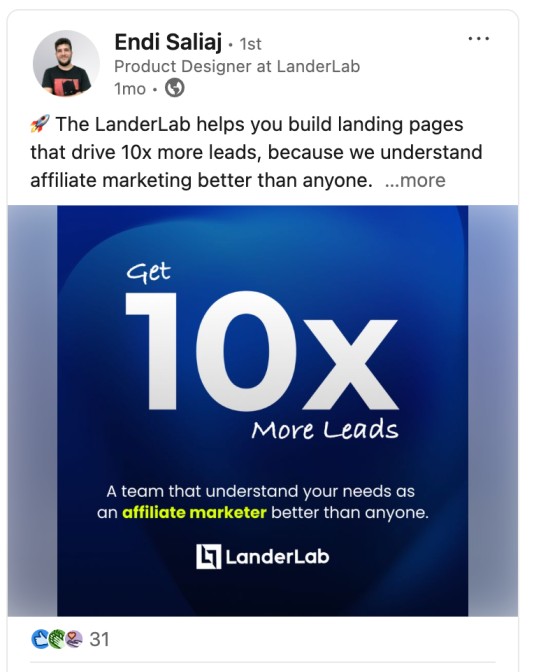
Social media marketing is about meeting your audience where they already scroll.
That means creating content for platforms like LinkedIn, Instagram, TikTok, and Facebook, and adapting it to each one. What works on LinkedIn won’t land the same on TikTok.
In 2025, brands aren’t just posting; they’re building relationships. Think of social media as a place to:
- Build trust with short videos, behind-the-scenes stories, or customer wins
- Share product updates in a human way
- Respond to comments and DMs fast
- Drive traffic to landing pages, blog content, or product launches
For example, LanderLab users often create social-first campaigns that link directly to optimized landing pages.
Here’s an example of a bold LinkedIn graphic with the message “Get 10x More Leads”—and sent traffic to a LanderLab page tailored for that campaign.
Pro tip: Brands that repurpose their best posts across platforms save time and perform better. Focus on content that solves problems, educates, or entertains.
Don’t just post to post. Post with a goal, whether it’s awareness, clicks, or leads.
Pros
- Builds relationships and community around your brand
- Easy to test new ideas and creative formats
- Great for real-time engagement and updates
Cons
- Time-consuming to stay active across platforms
- Algorithms can limit your organic reach
- Requires constant content creation to stay relevant
3. Search Engine Marketing (SEM)
Search engine marketing is all about showing up when your audience is actively searching.
With SEM, you’re paying to appear at the top of search results—usually through Google Ads. That means targeting keywords people are typing when they’re ready to buy, sign up, or learn more.
In 2025, SEM isn’t just about bidding on keywords—it’s about matching user intent. The copy, the ad extensions, the landing page… everything needs to work together.
Let’s say you’re running paid ads for a SaaS product. You target “email marketing platform for freelancers.” Your Google ad links to a custom landing page (built with LanderLab, of course) that speaks directly to freelancers, with a focused CTA.
SEM is fast and trackable. You know what’s working based on CTRs, cost per conversion, and landing page performance.
But it only works if your landing page is tight. That’s why pairing SEM with a solid landing page builder (like LanderLab) is non-negotiable.
Quick tip: Always test multiple versions of your ad and landing page. Even small tweaks (like headline changes) can double your results.
Pros
- Immediate visibility on high-intent keywords
- Fully trackable and scalable
- Works well with focused landing pages
Cons
- Can get expensive, especially in competitive niches
- Requires ongoing testing and optimization
- Stops working the moment you stop paying
4. Content Marketing
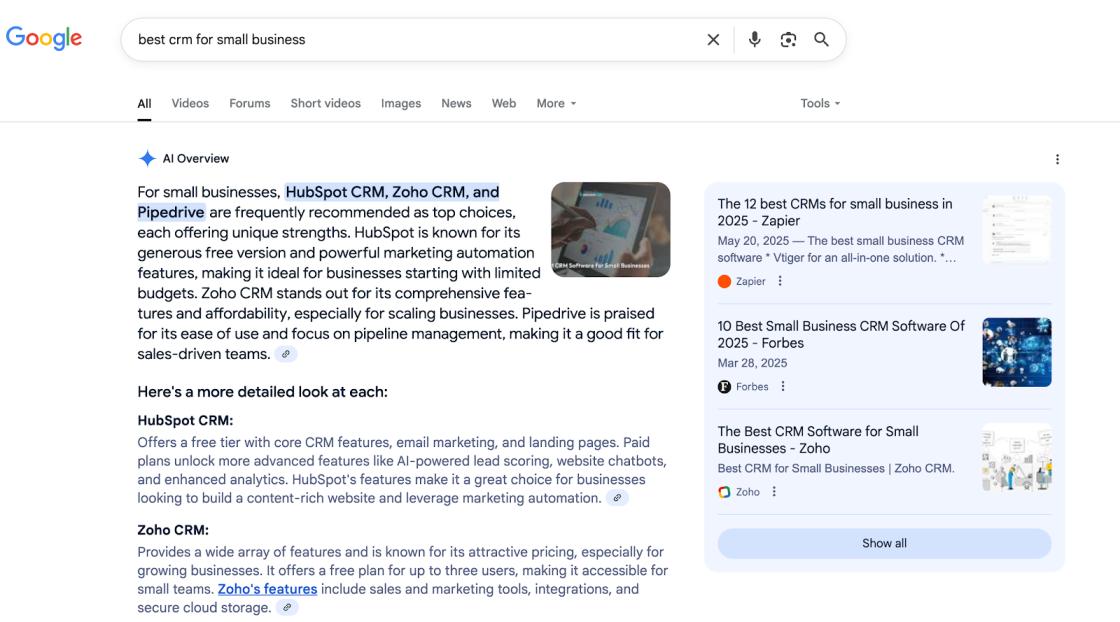
Content marketing isn’t just blog posts anymore, it’s your entire digital footprint—from YouTube videos to LinkedIn carousels to long-form guides like this one.
The goal? Attract, educate, and convert your target audience through high-quality, valuable content. That means helping people before you try to sell to them.
You’re not just writing for SEO anymore. You’re writing for real people, with questions, problems, and goals.
For example, a SaaS company targeting HR managers might create a blog series around “how to streamline hiring in 2025,” pair it with a downloadable checklist, and follow up with an email course.
LLMs (like ChatGPT) are also changing how content is discovered. Users don’t always click search results; they skim AI overviews or get answers straight from a chatbot.
So your content needs to be structured, original, and genuinely helpful to earn visibility.
Content marketing strategy today also means repurposing: Turn that blog post into a short-form video, a few social media posts, and a newsletter.
And don’t forget the metrics that matter: time on page, scroll depth, conversions, and how many touchpoints lead to sign-up.
Pros
- Builds trust by helping before selling
- Improves SEO and supports long-term visibility
- Can be repurposed across multiple channels
Cons
- Hard to measure ROI immediately
- Needs consistency to stay effective
5. Email Marketing
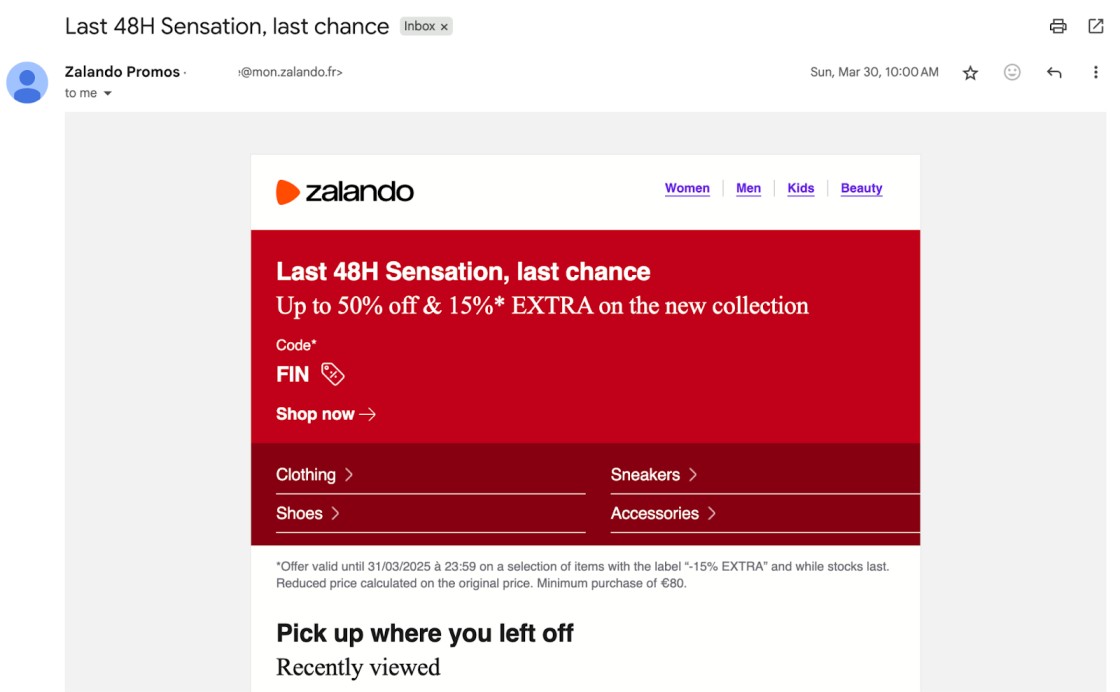
Email isn’t dead. It’s evolving and still delivering some of the highest ROI across all digital marketing channels.
Now, it’s about personalization, segmentation, and automation.
You’re not blasting your whole list with the same message. You’re sending targeted emails based on what your audience cares about and where they are in the funnel.
Take the Zalando example: a limited-time promo, personalized discount code, and product reminders — all in one email. That’s how you get clicks and convert visitors.
Modern tools even use AI to write subject lines, test CTAs, and send emails when people are most likely to open.
If you’re using LanderLab, you can link your landing page forms directly to your email marketing tool, so new leads flow straight into your list.
Track more than open rates. Focus on how emails contribute to your overall digital marketing strategy, especially clicks, sign-ups, and sales.
Pros
- High ROI when done right
- Fully owned audience, no algorithm risk
- Easy to personalize and automate
Cons
- Deliverability can be tricky
- Open rates aren’t always reliable
- Needs a clean, segmented list to stay effective
6. Video Marketing
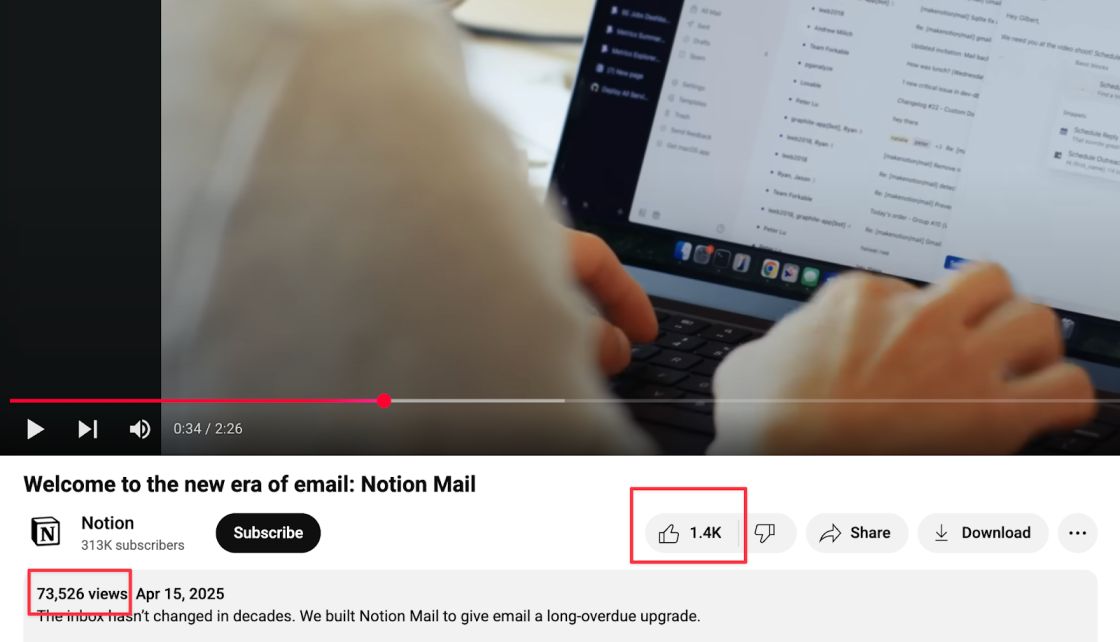
Video marketing is the most engaging content format in digital marketing today.
Short-form videos dominate platforms like TikTok, Instagram Reels, and YouTube Shorts. Long-form still works too, especially for product demos, webinars, and tutorials. The key is hooking your audience fast.
For example, a SaaS brand might use a 30-second explainer video on their landing page to quickly show how their product solves a real problem.
Use video to build trust, explain features, or show real results. It’s perfect for turning complex topics into visual stories.
If you’re running digital ads, video can also outperform static images, especially in retargeting campaigns. The algorithm often favors videos, which means lower CPCs and more impressions.
Many marketers now embed video on landing pages to boost engagement and conversions. LanderLab supports video embeds across all templates. Just paste your link, customize, and hit publish.
Remember: the best video marketing doesn’t just look good. It’s aligned with your messaging, targeted to the right audience, and optimized for mobile and performance.
Pros
- Highly engaging and easy to consume
- Works across multiple platforms (social, web, ads)
- Great for explaining complex ideas visually
Cons
- Takes more effort to script, shoot, and edit
- Needs to be optimized for mobile and for fast loading
- It can get expensive if done at scale
7. Mobile Marketing
Your audience is on their phones, so your marketing needs to be too.
Mobile marketing means reaching people through their smartphones using SMS, in-app ads, mobile-friendly web pages, and even social messaging apps like WhatsApp or Messenger.
For example, ecommerce brands use SMS campaigns to send time-sensitive offers like “24-hour flash sales.” These often convert higher than email.
A strong mobile marketing strategy includes:
- Responsive landing pages (LanderLab supports mobile editing for each device type)
- Mobile ad campaigns with formats like vertical video or carousel
- In-app advertising in games or social platforms
- Push notifications for timely updates
- Click-to-text or click-to-call CTAs
Pros
- Reaches people where they spend the most time
- Great for time-sensitive offers and notifications
- Supports formats like SMS, push, and social DMs
Cons
- Requires responsive design across all assets
- SMS and app ads have tight character and design limits
8. Influencer Marketing
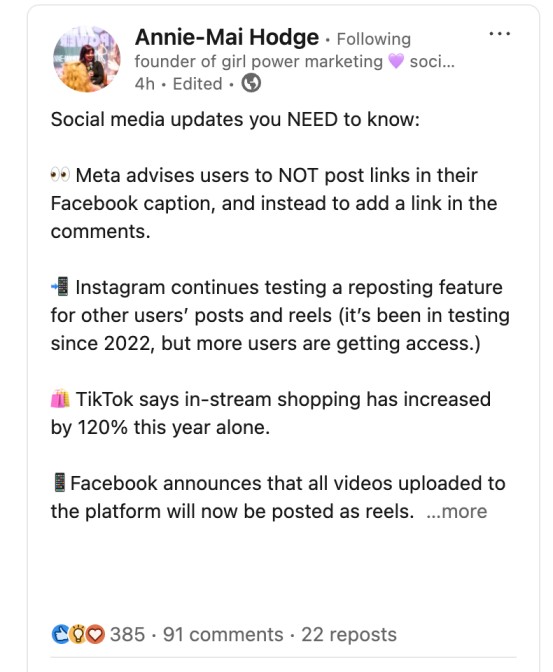
Influencer marketing is about partnering with creators who already have the attention of your target audience, whether that’s on TikTok, Instagram, YouTube, or even niche blogs and newsletters.
You don’t need a huge budget. In fact, micro-influencers (those with 10k–100k followers) often deliver better engagement and more trust than bigger names.
For example, a SaaS company might partner with a LinkedIn creator to showcase how they use the product in their daily workflow.
Influencer marketing works because it combines:
- A creator’s existing audience
- An authentic voice that builds an emotional connection
- Formats like reels, stories, posts, or tutorials that don’t feel like ads
Let’s say your product helps marketers optimize landing pages. Partner with a LinkedIn creator to share a 30-second “before and after” walkthrough using your tool (LanderLab, for example), that’s trust-building and lead-generating.
Influencer campaigns also now plug into broader digital marketing strategies, with email follow-ups, retargeting ads, and UTM tracking built in from the start.
Pros
- Leverages existing trust and audience loyalty
- Often more relatable than branded content
- Micro-influencers deliver strong engagement
Cons
- Results can vary depending on the creator
- Hard to track attribution without proper setup
- Some audiences may distrust sponsored content
9. Podcast Marketing

Podcasts aren’t a side channel; they’re a core part of digital marketing strategies.
People listen while walking, driving, or working out. That’s the time you can’t reach with display ads or social posts. But a podcast? That’s personal.
Brands are doubling down on this. Some run short sponsorships (“This episode is brought to you by…”), while others go deeper, creating their own shows to build authority, drive demand, and speak directly to niche audiences.
Just look at the example below, joining 3–5 podcasts a week to build links, drive awareness, and share strategy stories that stick.
It’s not just brand awareness. Podcasts also support:
- Link-building and SEO indirectly
- Influencer-level exposure
- Evergreen content you can repurpose into social posts, blog recaps, or email sequences
Podcast marketing works because it doesn’t interrupt. It integrates into the listener’s day. And when it’s part of your integrated digital marketing strategy, it supports SEO, thought leadership, and lead generation (all at once).
Pros
- Builds deep brand authority and trust
- Reaches people during “unreachable” moments (commuting, workouts)
- Easy to repurpose into blog posts, clips, and email content
Cons
- Harder to track direct ROI compared to ads
- Requires effort to produce high-quality audio
10. Performance Marketing
Performance marketing is data-driven digital marketing where you only pay for results, like clicks, sign-ups, or sales.
This includes:
- Paid social ads (on Meta, TikTok, LinkedIn, etc.)
- Search ads (Google, Bing)
- Affiliate marketing
- Programmatic ads (automated placements based on audience data)
For example, a marketing agency might run a retargeting campaign for a product using Facebook Ads, then send users to a high-converting landing page built in LanderLab with A/B testing baked in.
Performance marketing is about testing fast, optimizing faster, and scaling what works. Everything is tracked, from scroll depth to CTA clicks to form submissions.
You can:
- Set budgets by campaign
- Track exact ROAS (return on ad spend)
- Pause, edit, or scale ads in real-time
- Test multiple versions of the same campaign for different segments
If you’re serious about generating more leads, this is the channel where your creative + data + landing pages have to work together perfectly.
Pros
- Pay only for results like clicks, sign-ups, or sales
- Easy to track, optimize, and scale
- Works well with fast testing and A/B experiments
Cons
- Too much focus on short-term metrics can hurt brand building
- Depends on having clean data and good tracking in place
Ready to Launch Smarter Marketing Campaigns?
Every digital marketing strategy we’ve covered, from email to paid ads to influencer campaigns, needs one thing in common:
A high-converting landing page.
With LanderLab, you can build unlimited landing pages, test different versions, and launch campaigns fast.
Start with a pre-made template or import any live page. Add A/B testing, connect your lead forms, and get more out of every click.

